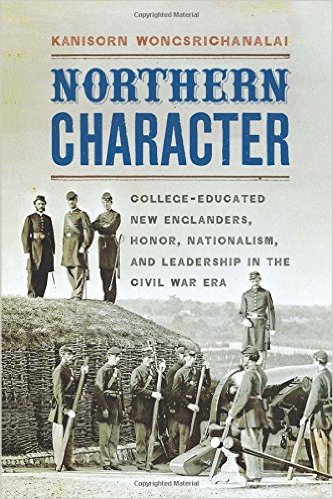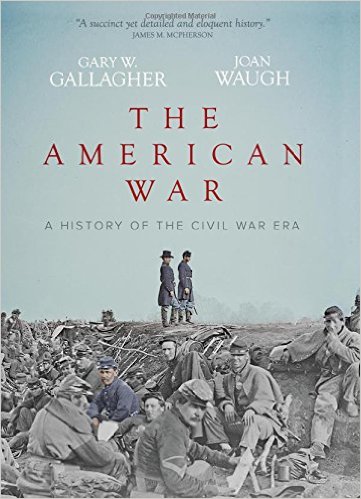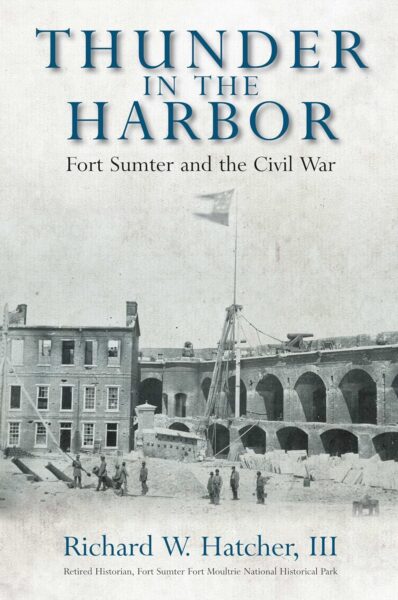In a brutal series of engagements fought between May and September 1864, the Atlanta Campaign became one of the crucial moments in the Civil War. Often overshadowed by U.S. Grant’s campaign for Richmond, these battles represented the culmination of the Union’s efforts to conquer and control the Confederate heartland. As the logistical center of the western theater, Atlanta had expanded during the war from a backwater interior town into a manufacturing, transportation, and distribution center. The city was as important to the Confederacy, wrote Georgia governor Joseph E. Brown, as “the heart is to the human body.”
Sherman’s troops marched into the city on September 2, 1864, only after a protracted and grueling advance by his army of more than 100,000 men. The Atlanta Campaign involved a slow series of maneuvers around defensive entrenchments, punctuated by intermittent battles, without high and low points. The campaign was fought in hilly, densely forested terrain, roughly following the 120-mile route of the Western & Atlantic railroad from Chattanooga, Tennessee, to Atlanta. Joseph E. Johnston, commanding the outmanned Confederate defenders until he was replaced on July 18, 1864, waged defensive warfare, seeking to draw Sherman into costly frontal assaults on well-entrenched positions. In general, Sherman avoided taking the bait, instead outflanking Johnston and eventually laying siege to Atlanta in order to cut off the city’s access to rail connections to the outside world.
The military history of this epochal story has already been well told in Albert Castel’s The Atlanta Campaign, Decision in the West (1992) and Richard McCurry’s Atlanta: Last Chance for the Confederacy (2001). Micro-histories are lacking of the particulars of this complex campaign, especially compared to the richly detailed studies of the eastern theater. In his Kennesaw Mountain, Earl Hess brings his expertise and storytelling to bear on what might have been the key turning point in the Atlanta Campaign, the Battle of Kennesaw Mountain, fought on June 27, 1864. No historian has composed a study of this key battle in such depth, and with such wide understanding of warfare, as Earl Hess has offered in his new history. For Civil War historians, especially those interested in military strategy, ground-level conflict, and soldiers’ experiences during the war’s late stages, this is an essential read.
The battle became an important moment of decision for Sherman. After his armies became bogged down in twenty-six days of stalemate during the rainy and muddy summer of 1864, Sherman abruptly changed strategy. According to Hess, Sherman experienced external pressure to advance in order to pin Johnston down and prevent him from reinforcing Robert E. Lee’s armies in the Richmond campaign. For Hess, this was the primary reason Sherman made a decision which he preferred to avoid. Temporarily abandoning his flanking strategy, on June 27, 1864, Sherman sent 15,000 men, or eight brigades, to assault three different locations along the Confederate fortifications at Little and Big Kennesaw Mountains.
Sherman’s decision, Hess contends, remains inconsistent with his general approach to warfare. If anything, the Civil War by the summer of 1864 had proven the futility of assaults on well-entrenched positions. Sherman’s ultimate success previously and in this campaign depended on his ability to move his armies and array superior force and logistics against Johnston’s outmanned forces. The Battle of Kennesaw Mountain proved a costly effort for Sherman, surely an unnecessary waste of human life. Hess describes in thick detail the progress of the three assaults launched by the Fourth, Fourteenth, and Fifteenth Corps at Pigeon Hill and Cheatham’s Hill. In only one instance, at Cheatham’s Hill, did Union forces advance sufficiently to establish a fortified position, but that position made little difference. The results were the worst Union losses of the campaign, as Sherman suffered 3,000 casualties among some of his best fighting forces.
In some respects, the bloodletting coincided with a breakthrough, however. Although Kennesaw Mountain must be certainly counted as a defensive victory for the Confederates, it was short-lived: in its aftermath, beginning on July 2, Sherman mounted a flanking maneuver that forced yet another Confederate retreat. Hess properly questions why Sherman could not have engineered this move earlier rather than mounting a bloody assault. Whatever the meaning of Sherman’s mistake, Johnston’s defensive strategy stalled the Union juggernaut only briefly. Johnston withdrew from his defenses at Kennesaw, moving south below the Chattahoochee River. From then on, Sherman’s armies laid siege to Atlanta for most of the next two months, during July and August 1864.
Kennesaw Mountain is unabashedly a battlefield story in all of its complexity and confusion. Mostly a narrative, Hess is at his best when he steps backs and explains and interprets. Notably, he provides vivid evidence of soldiers’ experiences, and readers will get a clear sense of the battlefield from the ground up. The research is exceptionally thorough, based on a wide survey of archival sources scattered across the country.
William Link is the Richard J. Milbauer Professor of History at the University of Florida and most recently the author of Atlanta, Cradle of the New South (2013).





